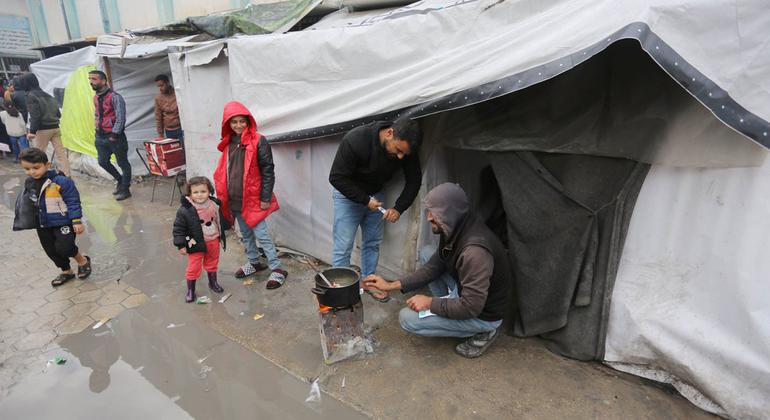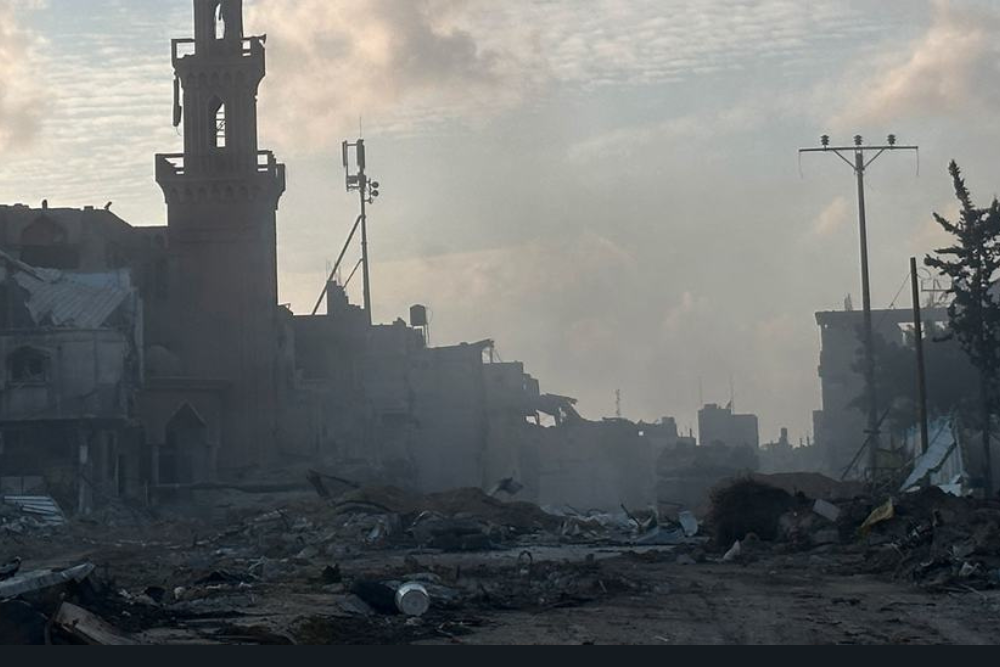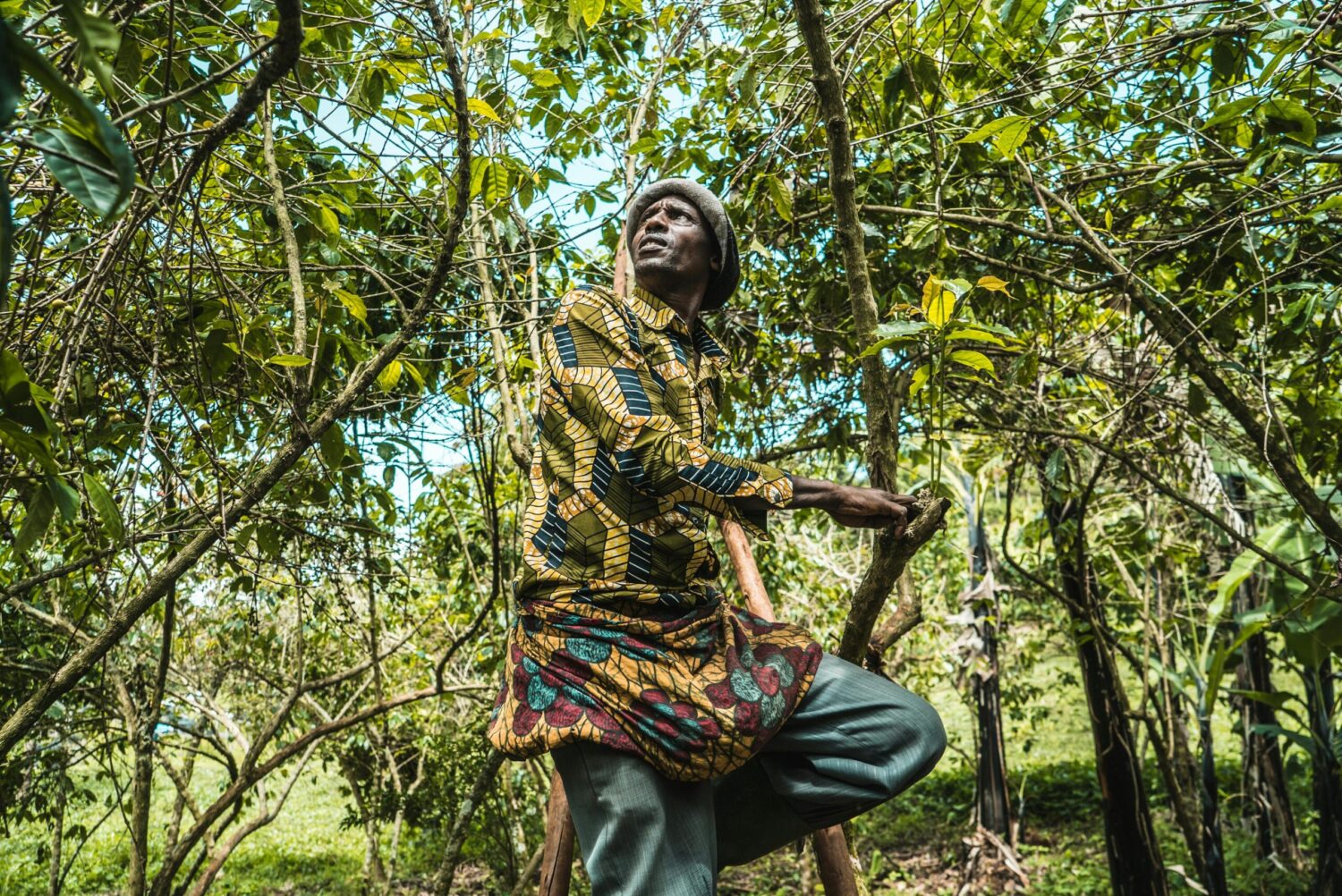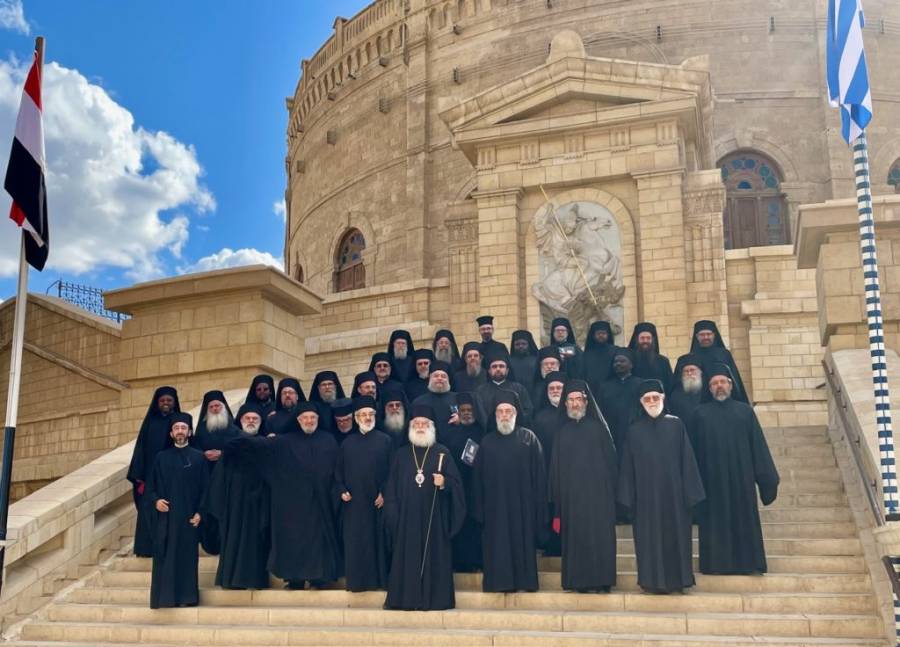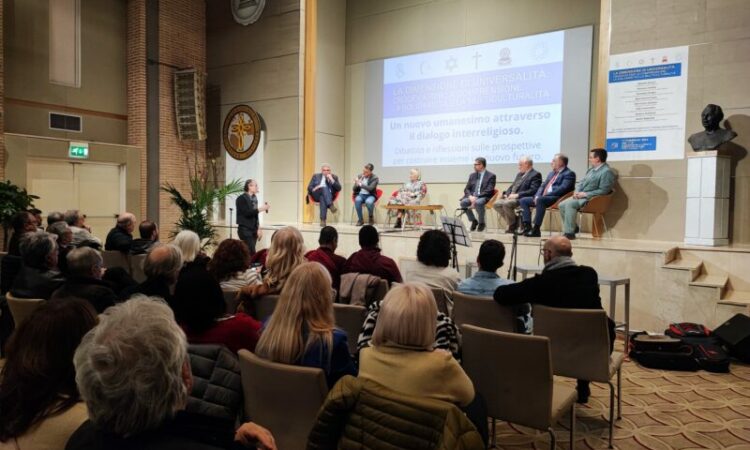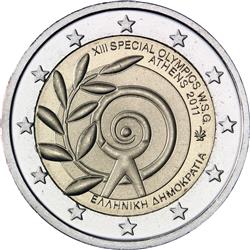“This morning a food convoy waiting to move into northern Gaza was hit by Israeli naval gunfire; thankfully no-one was injured,” said Tom White, Director of Affairs for the UN agency for Palestinian refugees, UNRWA.
Accompanying the post on X, formerly Twitter, two photographs showed a stationary flat-bed truck parked in front of a UN vehicle with a gaping hole where part of its cargo and protective tarpaulin had been.
Several boxes of relief supplies lay scattered on the roadside, but it was not immediately clear what they contained nor where the truck was.
Gaza City’s plight
UNRWA’s bid to reach the beleaguered north came as the World Food Programme (WFP) reported last Friday that it, too, had been unable to reach northern Gaza City for the third time in a week.
“We only managed four convoys in the month of January, that’s around 35 truckloads of food (and) enough for almost 130,000 people,” said the WFP Country Director for Palestine, Matthew Hollingworth.
“(It’s) really not enough to prevent a famine, and we know levels of hunger in Gaza are getting at that level now,” the WFP officer said.
In a video post on X from central Gaza, Mr. Hollingworth described how “desperately hard” it is for aid convoys to move around the shattered enclave after almost four months of non-stop Israeli bombardment.
“There’s more damage everywhere, rubble, roads are closed, but there’s also kinetic active fighting in various areas on the Strip,” he said. Getting through checkpoints and simply moving through Gaza from the southern governorate of Rafah was now extremely difficult, as there were “literally a million and a half people stuck in Rafah; they’re all desperate, and they’re all asking for assistance”.
To date, WFP reached around 1.4 million people with emergency rations, canned food, wheat flour and hot meals, but far more assistance is needed urgently, the UN agency insisted.
Shortages of everything
The development comes as UNRWA reported that some 75 per cent of Gaza’s population of 2.3 million people have been displaced.
More than half are children who are among those who face “acute shortages of food, water, shelter and medicine”, the UN agency warned, adding that ongoing intense fighting around Khan Younis “continues to drive thousands of people into the southern town of Rafah, which is already hosting over half of Gaza’s population. Most are living in makeshift structures, tents or out in the open.”
According to the latest update on the conflict from the UN aid coordination office, OCHA, residential blocks across Gaza have continued to be destroyed by Israeli forces, including in southern, eastern and central Khan Younis and in Gaza City’s Al Sabra neighbourhood. No casualties were reported in the latest incidents, the agency noted.
War objectors
Meanwhile, some 800 government officials from western nations published an open letter denouncing their countries’ support for the war at the weekend, describing it as “one of the worst human catastrophes of this century”.
The signatories are believed to be high-ranking civil servants and diplomats from the US and 14 European countries including France, Germany, the UK and Switzerland.
They protested that their governments had supported Israel “without real conditions nor responsibilities”, resulting in “tens of thousands of preventable civilian deaths” and the “deliberate” blocking of aid which has left “thousands of civilians at risk of starvation and slow death”.
Escalation fears
The development came as regional tensions continued to ratchet up, with US and UK strikes on pro-Iranian militia in Iraq and Syria last Friday after three American service personnel died in an attack on a US base in Jordan.
And amid continuing calls for a ceasefire in Gaza and the release of all hostages, concerns remained that the situation might escalate further because of events in the Red Sea, where Houthi fighters have targeted shipping with alleged links to Israel.
On Israel’s border with Lebanon, cross-border exchanges of fire with Hezbollah have also added to concerns over regional instability.
The latest death toll from the war, sparked by Hamas-led terror attacks in Israel on 7 October that left some 1,200 people butchered and another 250 taken hostage, is at least 27,365 Palestinians killed in Gaza and 66,630 injured, according to the enclave’s health authorities.
OCHA also noted that 223 soldiers have been killed in the ground offensive in Gaza and 1,296 soldiers injured, citing the Israeli military.



